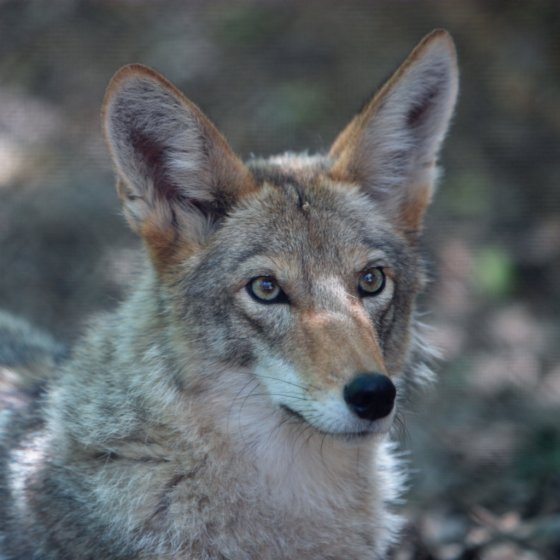It's for you.
Slim assed
unconsciously graceful
you
drowsy brown eyes
that light up black
when they laugh
you
dancing fine lines of logic
into halftwisted chords
of raw wit.
Nothing personal
but this is a love poem.
I don't have to know you
any better
to write it.
To love you.
Subscribe to:
Post Comments (Atom)

8 comments:
Who is it? Who is it, who is it, who is it?
Now, why do people always ask that? Is it important? Does not the poem stand on its own, irrespective? And could not the operative question be "Who was it?" or "Who will it be?"
All possible, I suppose. But I think in writing it, you had someone in mind.
Of course I did. But it's about the piece.
Some paintings supposedly depict fictional or anonymous people. Yet we who look always try to find out whether these paintings were modeled on a real person. The Mona Lisa -- who was she? Take just about any portrayal of a beautiful, half-naked woman, and the public asks "Whose mistress was she?"
In journalism, stories about generic meetings or laws or medical breakthroughs are always dressed up, by the best journalists, with interwoven stories about "real people." In other words, the reader doesn't care so much about the story, but about the real people affected by the backbone of the story.
In music, lyrics written by artists often seem to be about fictional or anonymous others. But we many times find the musician has actually written about a real person from their past. A jilted lover. An absent father. A friend who died tragically. And when we hear the artists talk about the real, it makes the song that much more interesting, or poignant, or worth remembering.
Then there are poems...
But you're right, it is about the piece. Still, I've already praised them. I was just looking for the inside story.
Aren't we all looking for the inside story?
But you raise points. To run with your example for a bit (I'm several bushes beneath Leonardo's league, but you cited him), I'm not persuaded that la Giaconda would be any more amazing than she has been for several centuries if we knew the 'true' identity and People Magazine details of the person who posed. Isn't it entirely possible the back story would mess up that tiny, dark luminous portrait's mystique? I mean, what if the intriguing little not-quite-smile was a smirk about L. having just ripped a huge, toxic fart? Just askin'.
However, for the record, the poem's subject was a lady coyote who smelled like sweetgrass smoke and the wind, and her name was Luna... make what you will of this.
She sounds absolutely intoxicating. No wonder you fell in love.
The beautiful portrait Steve Mc Curry took in Afghanistan made the world look into the eyes of a faraway girl. Made us wonder who she was and why her eyes were rivers of dried, collected streams. But rivers, nonetheless.
Then one day, we got to know Sharbat Gula, the owner of those rivers.
Did that make us stop wondering about those eyes then? Was it timely information or information that we'd have rather done without?
Painters paint people who live deep in their psyche, sometimes without even paying their rents. These people travel a long distance from those dark, bright dwellings to the canvasses.
We don't need to know these people, personally and their names and season preferences; to know them.
Yet, at times, we find a relation between them and us. This happens unknowingly. It makes us want to go back time and again to these images and lines and symphonies.
It's a wonder then, do we need to know anything more than what has already been said in unheard of languages, in these brush strokes and ink dripping words?
Post a Comment